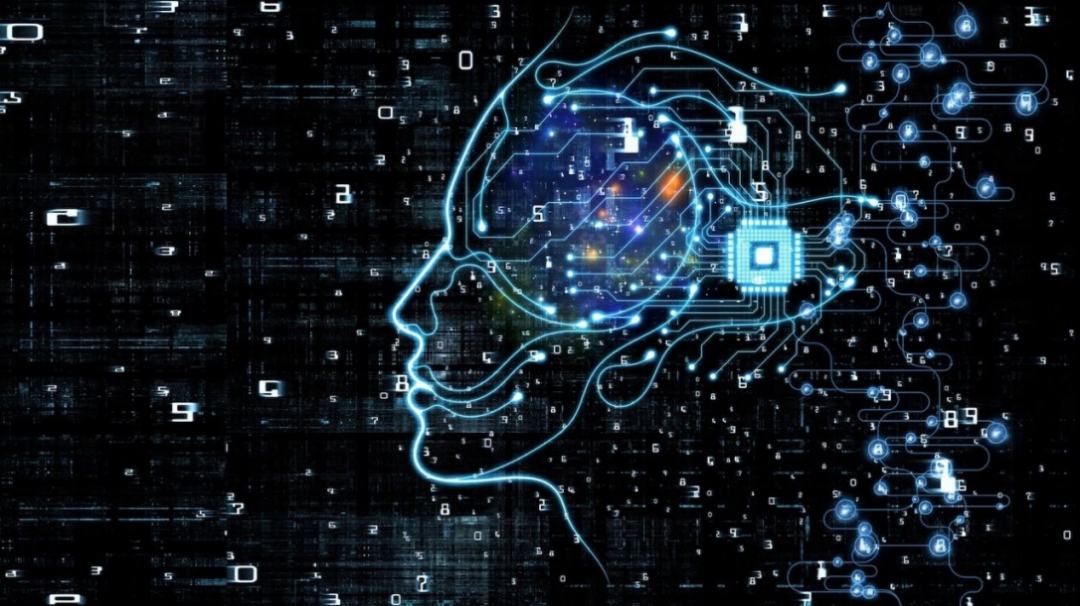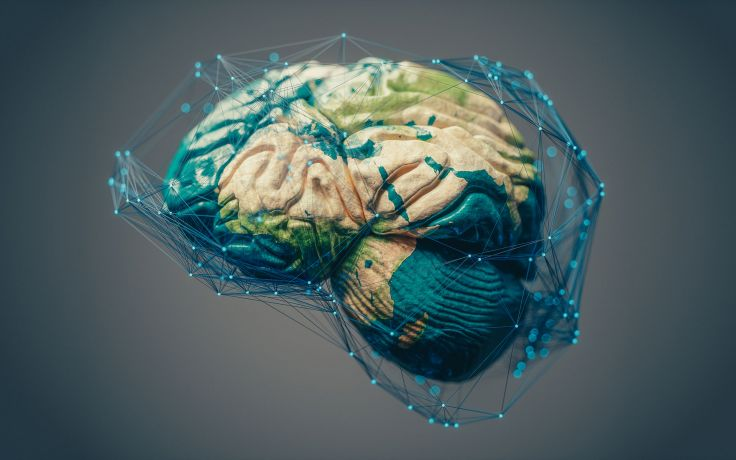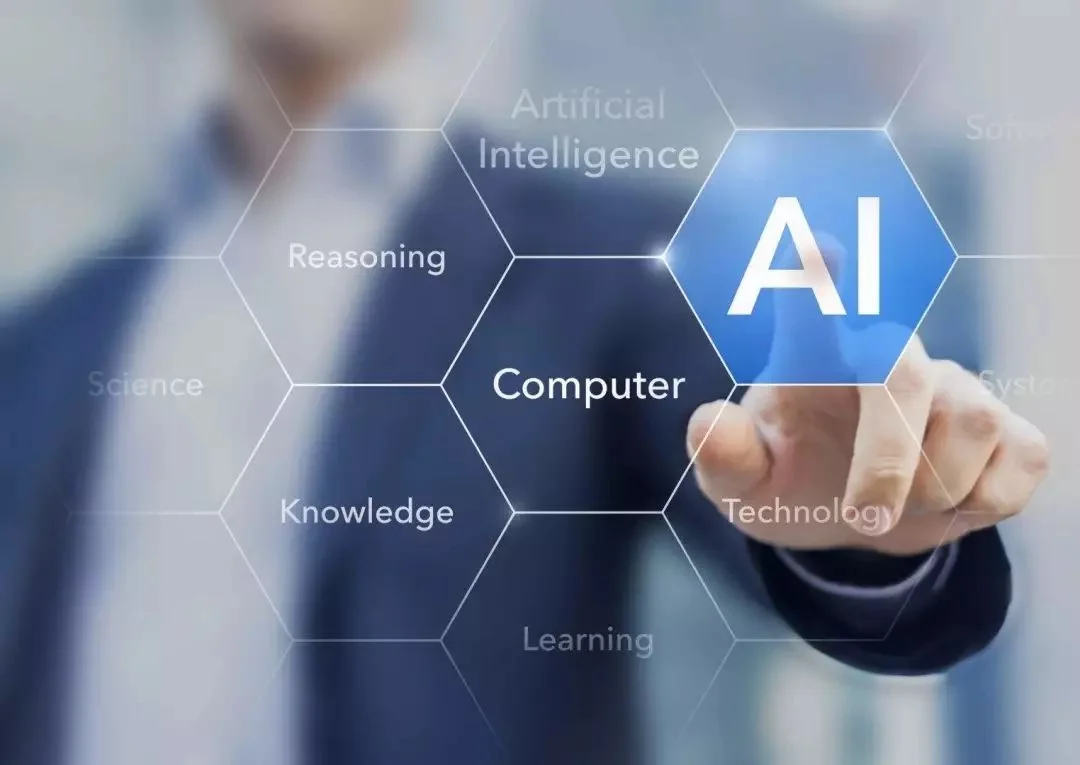Will the combination of "Network + AI" be popular?
Jul 28,2022 | LongPlus
Since the emergence of the concept of "software-defined" has pulled the technology industry's unprecedented enthusiasm for innovation, all hardware devices are being deployed around software-defined. In the field of networking, the idea of "software-defined" is also implicitly provoking the relationship between supply and demand, and the whole industry has become trendy. Network + AI (Artificial Intelligence), cloud, 5G ...... various emerging technologies have given "network" a new meaning. "Network + AI" is one of them, so this article we will look at the "network + AI" combination. The relationship between network and AI has been broadly discussed in two directions - "Network for AI" and "AI for Network". The former emphasizes the service attributes of the network and adjusts the technology and application form of the network from the technical characteristics and scenario differences of AI; the latter emphasizes the vertical application of AI and explores how AI technology can be integrated into the technical architecture and application scenarios of the network.

Does AI need networks? The network is the foundation for AI development.
- Efficient data access mechanism: AI has brought about a change in the computing model, and chips with strong multi-threaded processing capability have become an immediate need. The combination of "CPU+XPU" makes the bandwidth bottleneck of data processing limited by the CPU, and high-performance data transfer protocols and forwarding hardware become the solution.
- High Performance Data Center: AI involves large data sets that require frequent forward and backward computation and propagation between server clusters. How to improve the performance of east-west traffic transfer becomes critical.
- Efficient cloud-edge architecture: Due to privacy and latency constraints, edge computing for AI processing has become mainstream. How to balance the arithmetic power and scalability of edge nodes becomes a challenge. At the same time, cloud-edge as an end-to-end total solution needs to deal with more bandwidth and latency issues, putting new requirements on network architecture design.

Does the web need AI? AI is the driver of web innovation.
Network application perspective, AI represents the advanced productivity. From technology to application, from deployment to operation and maintenance, all aspects are full of imagination for AI, and I will also do analysis from several popular AI application perspectives, which may contain each other and also have mutual penetration from a strict technical point of view.
AIOps: Network operation and maintenance runs through the whole life cycle of network from pre-planning to construction, operation to post-maintenance. The most significant room for improvement in network operations and maintenance is the repetitive mechanized work, and there are already many scripted tools to automate the repetitive work. the introduction of AI will bring more room for operation. Many of today's advanced automation solutions can analyze metadata, leverage model-driven network programming capabilities to learn network behavior, provide predictive analytics, and offer recommendations to network operations and maintenance teams. Improve operations and maintenance efficiency and reduce error rates.
Dynamic network scheduling: As the dimension of user connectivity continues to expand, network resources and network media are enriched and extended, placing higher demands on flexible, adequate and efficient network scheduling. AI can analyze the underlying key indicators and user access characteristics at the application layer based on the advantages of software-defined network architecture, and formulate more intelligent routing rules and traffic policies based on the network's packet loss status and congestion, as well as predict traffic trends based on historical big data for strategic responses.
5G/6G applications: With the current 5G deployment and future 6G network planning, there will be more new network architectures, null port technologies, and deployment methods, and AI technology will inevitably have a wider penetration.
For example, the new air port technology brings more dense site deployment and higher energy cost, which can improve the energy efficiency of base stations through AI, conduct more flexible and accurate signal coverage, optimize the quality of experience for different service types, and improve the performance of traffic control by building RF fingerprint, etc.
SBA (Service-based Architecture) network architecture and network slicing will bring customized and frequent on-demand resource allocation and dynamic adjustment, which will not be supported by traditional manual means and will require AI to assist in its realization.
Telecom clouding brings larger data centers and denser edge node deployments, posing new challenges to end-to-end network planning, resource scheduling, operation and maintenance, and energy-saving technologies, and AI will have more uses.
Network Security: The amount of data on the Internet is growing exponentially, and the speed of data dissemination is continuing to break through. The network is not only a carrier for massive data dissemination, but also a gateway for massive data access. The two-way run of attacks from engineering disciplines and social engineering disciplines has exposed network security to a storm of threats that continues to refresh the grade, and with the growing volume of data, attack surface and number of threats, there is a serious shortage of existing security tools and personnel.
The essence of cyber security lies in the confrontation between attackers and defenders, while the essence of chess competition is also a game between chess players, and the two have commonalities in some aspects.
- AI will be able to sift through more data than human beings.
- Trained AI will be able to capture more suspicious behavior and take action beyond the traditional inefficient and lagging feature base updates, and also discover errors and vulnerabilities in upper layer applications and underlying networks in a more timely and efficient manner.
- AI will also be able to have more timely and accurate response and combat in the face of attackers in AI incarnation.
- AI will also have more potential for new threats.


